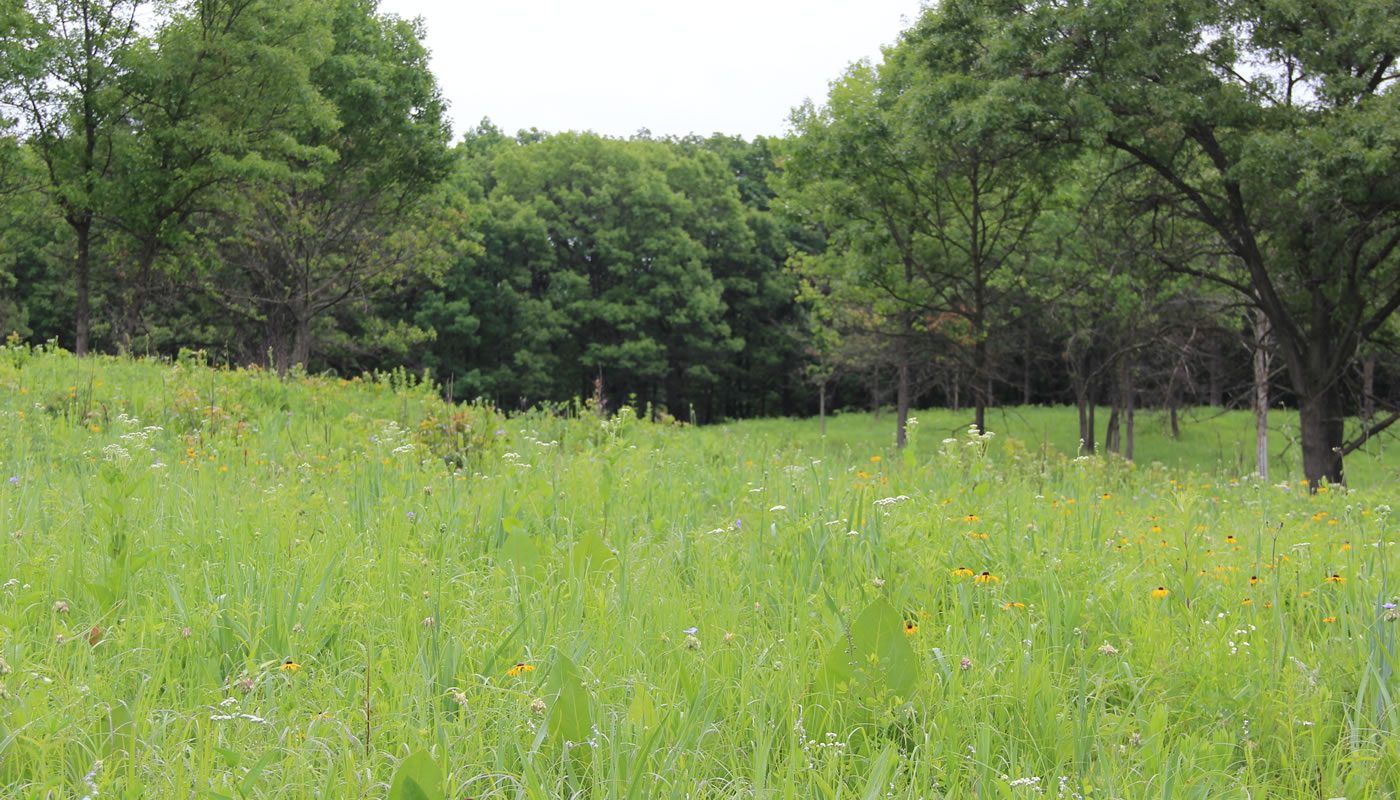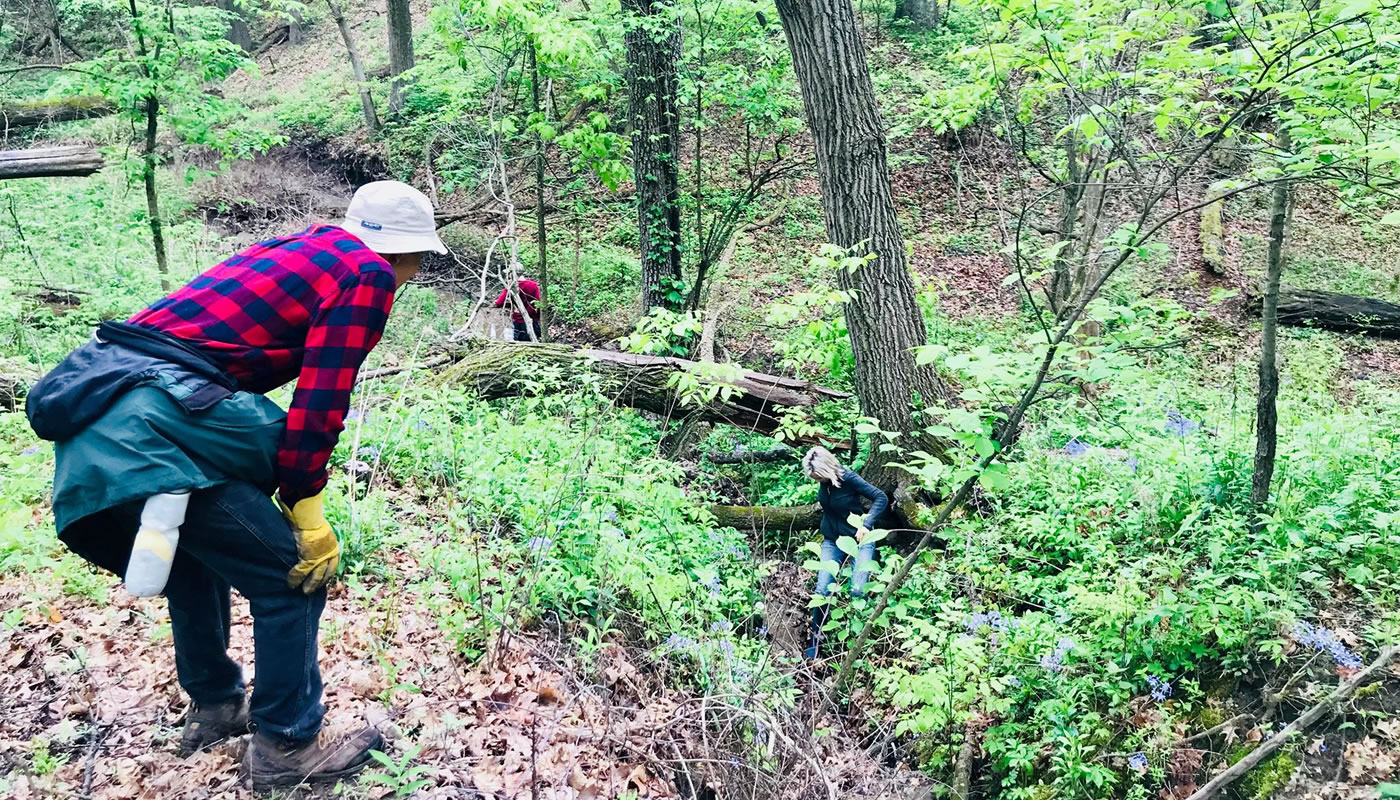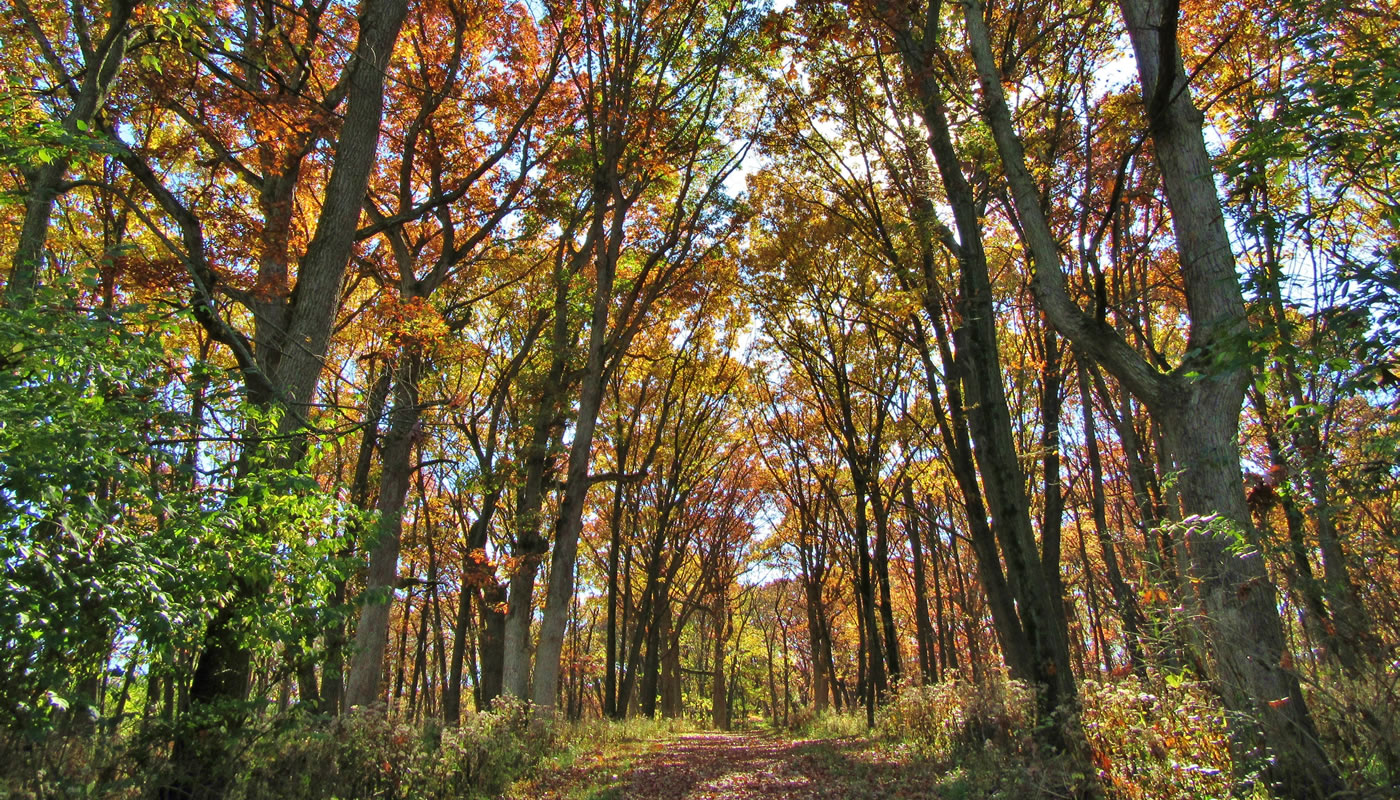Visitors to Cap Sauers Holding will quickly notice the sounds of cars and trucks melting away as they traverse the glacier-formed landscape—the center of this preserve is the most remote place in all of Cook County. Miles of trails wind through the beautiful wooded bluffs and ravines, wetlands and prairie openings that make Cap Sauers a true escape into nature.
On this page:
Location & Things to Do
To enter the preserve, park at Teason’s Woods and travel west along the Sag Valley Yellow Unpaved Trail.
Cap Sauers Holding Nature Preserve
Location
Things to Do & Amenities
Hours
Year-round: Sunrise to SunsetClosures & Alerts
- NO ISSUES 6/5/2025: Open during normal hours.
Trails
Sag Valley Trail System
The Sag Valley Trail Systems’ miles of looping and connecting unpaved trails take visitors to some of the most remote areas of Cook County.
Location: Homer Glen, Lemont & Palos Park
Surface
UnpavedEstimated Total Length
20.4 milesHours
Year-round: Sunrise to SunsetClosures & Alerts
- ALERT 05/08/2025 - 07/07/2025: Trail Closure: The Blue Unpaved Spur (East), located east of Palos Park Woods South, will be temporarily closed for bridge repair work. Construction vehicles will access the area via the Palos Park Woods South lot, taking the Orange Unpaved Spur (East) and Yellow Unpaved Loop. Vehicles will be present intermittently on the trail. Sag Valley Trail System - Orange Unpaved Spur (East), Blue Unpaved Spur (East), and Yellow Unpaved Loop near Palos Park Woods-South.

Nature at Cap Sauers
The esker—a ridge formed by a river that once ran in or on a glacier—at Cap Sauers Holding is one of the best examples of this rare feature in Illinois. The glaciers also left behind hills and depressions that have become marshes and wet meadows. Chorus frogs and spring peepers make their home here and in the small creeks that wind around these hills.
Birders visit Cap Sauers Holding to see uncommon pileated woodpeckers, eastern phoebes, summer tanagers, white-eyed vireos, Louisiana waterthrushes, hooded warblers, chipping sparrows, blue-winged warblers, ovenbirds and ruby-throated hummingbirds.

Volunteer Opportunities
Restoration activities include the removal of invasive species like honeysuckle and buckthorn, and the collection and distribution of seeds of desirable native plants. Main tools used are loppers and hand saws. Weather permitting, volunteers may build and burn brush piles.

